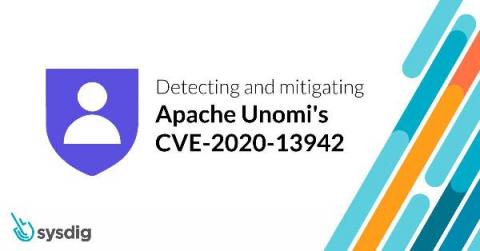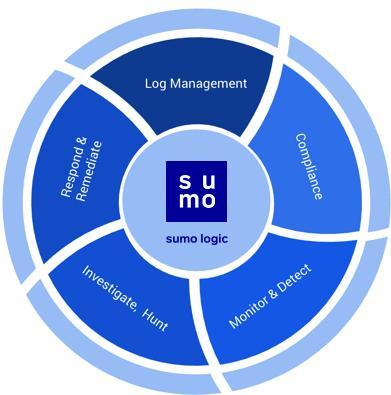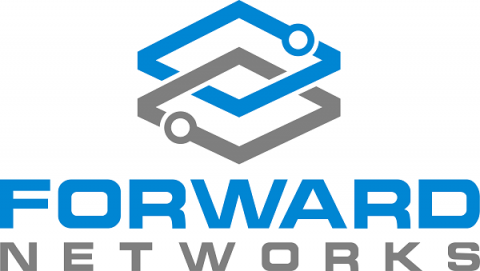Security | Threat Detection | Cyberattacks | DevSecOps | Compliance
%term
Fast or Secure? You can only pick two
Detecting and mitigating Apache Unomi's CVE-2020-13942 - Remote Code Execution (RCE)
CVE-2020-13942 is a critical vulnerability that affects the Apache open source application Unomi, and allows a remote attacker to execute arbitrary code. In the versions prior to 1.5.1, Apache Unomi allowed remote attackers to send malicious requests with MVEL and OGNL expressions that could contain arbitrary code, resulting in Remote Code Execution (RCE) with the privileges of the Unomi application.
Sumo Logic to accelerate modernization of security operations with proposed acquisition of DFLabs
Actions Not Words, Demos Not Slides
In network operations, it’s never the same day twice. Most network engineers love this aspect, but it has a dark side. The best plans often fall to the wayside—in an instant work stops and firefighting begins. In the last year, I’ve been part of a whole-day colo move, diagnosed an outage in the middle of the night, and resolved a slow performance issue. I know what the networking operations experience is like, and I know how much better it can be.
Combating Risk Negligence Using Cybersecurity Culture
With a growing number of threat sources and successful cybersecurity attacks, organizations find themselves in a tricky spot if they wish to survive cyberspace. Oftentimes, the adversaries are not the challenge; the obstacle is the organization’s culture. Just like culture influences who we are as a people, culture influences the cybersecurity tone of an organization. Every organization has its own unique fit and feel.
Best Active Directory Management Tools
IT teams rely on Active Directory (AD) to keep networks secure and maintain user accounts — but they often need to adhere to strict budget limitations when it comes to selecting software to help. That’s why we’ve put together this list of the top free Active Directory management tools. Our picks focus on AD tools that will help you complete routine AD management tasks much faster so your team has time to focus on other priorities.
Get earlier, actionable vulnerability insights from Black Duck Security Advisories
The number of open source vulnerabilities discovered each year never seems to stop growing, emphasizing the importance of developers addressing them quickly and efficiently. However, simply identifying vulnerabilities is insufficient; their sheer scale makes it necessary to have an intelligent way of understanding which ones need to be fixed first to decrease the risk of a breach. For development teams in this environment, remediation prioritization and broad vulnerability coverage are critical.
Splunk for OT Security V2: SOAR and More
In the last 90 days, the news of cyberattacks on critical infrastructure has been stunning. From the unprecedented breach represented by Sunburst to the more recent bone-chilling attack at the Oldsmar water facility, the urgency to secure critical infrastructure in transportation, utilities, energy, water, critical manufacturing, telecommunications, healthcare, government facilities and the defense sector has never been higher.
Human Resource and Security Teams Should Work Jointly to Reduce the Risk of Cyberattacks
COVID-19 has not only changed the way we live but also forced many changes to standard business processes. This article will explore some challenges around human resource (HR) hiring, offboarding and contracting activities. As companies in multiple jurisdictions continue to look for advice from state and federal authorities on COVID-19 safe work plans, this article offers some security considerations from a physical security as well as cyber security perspective.











